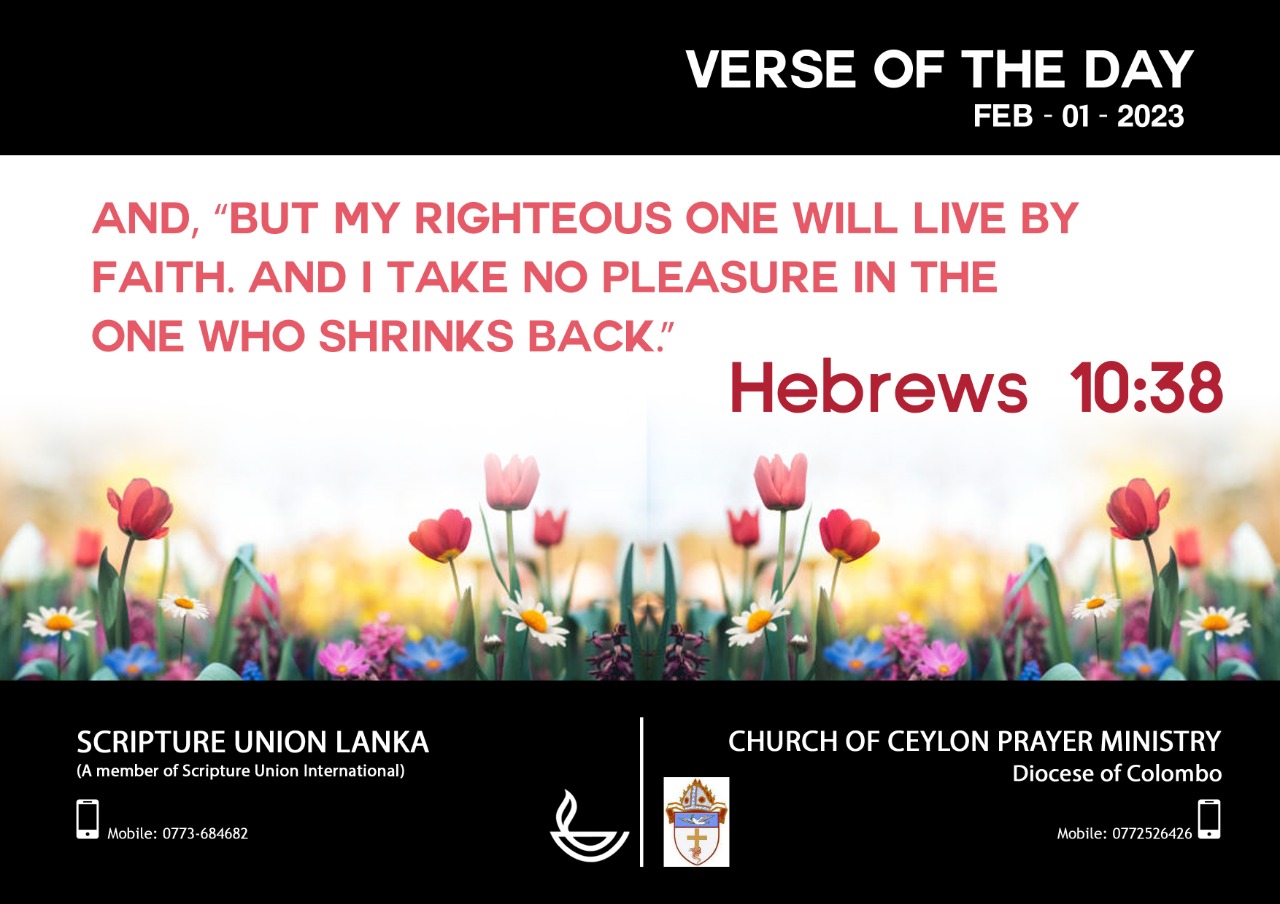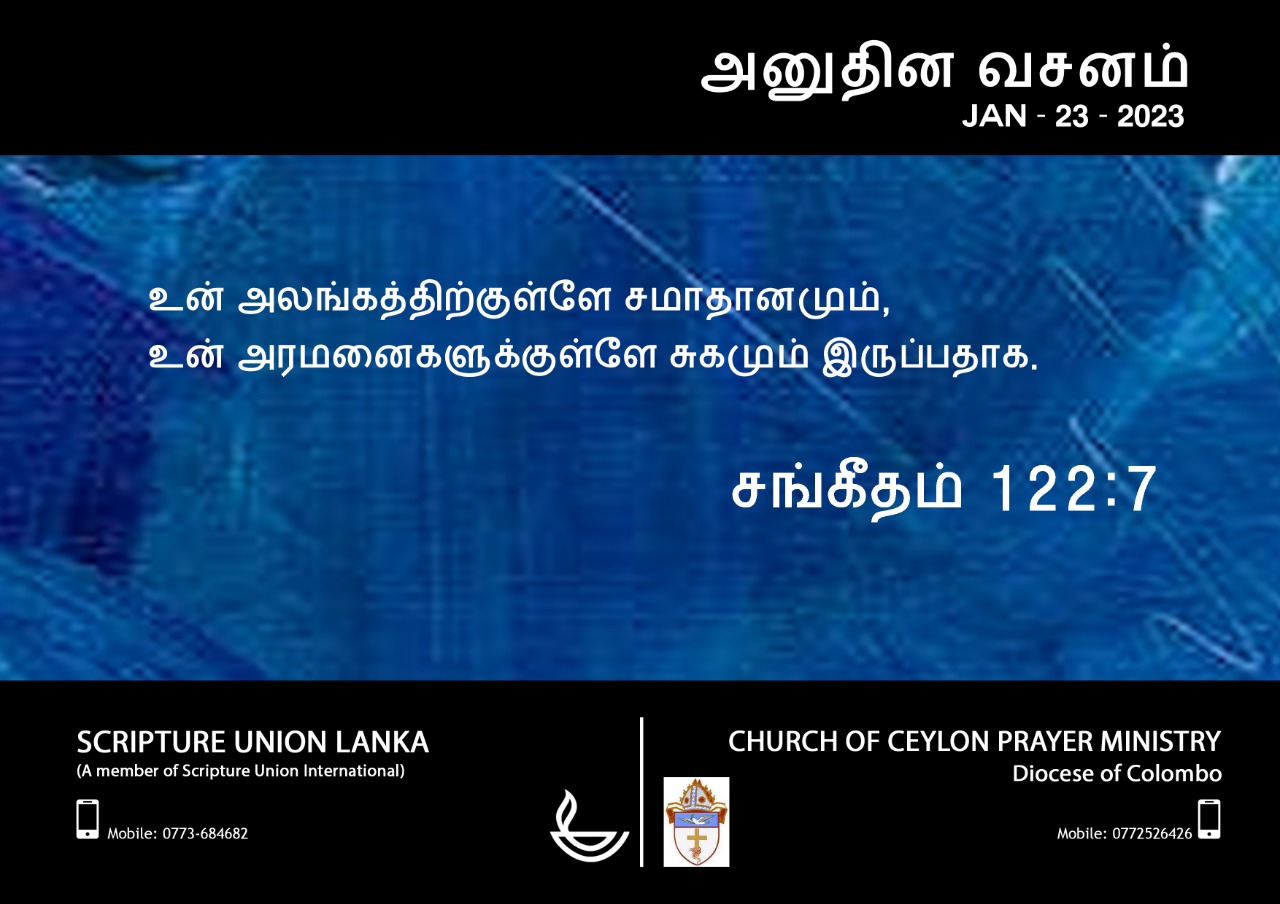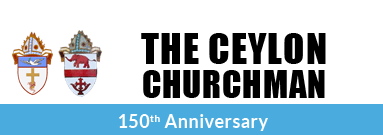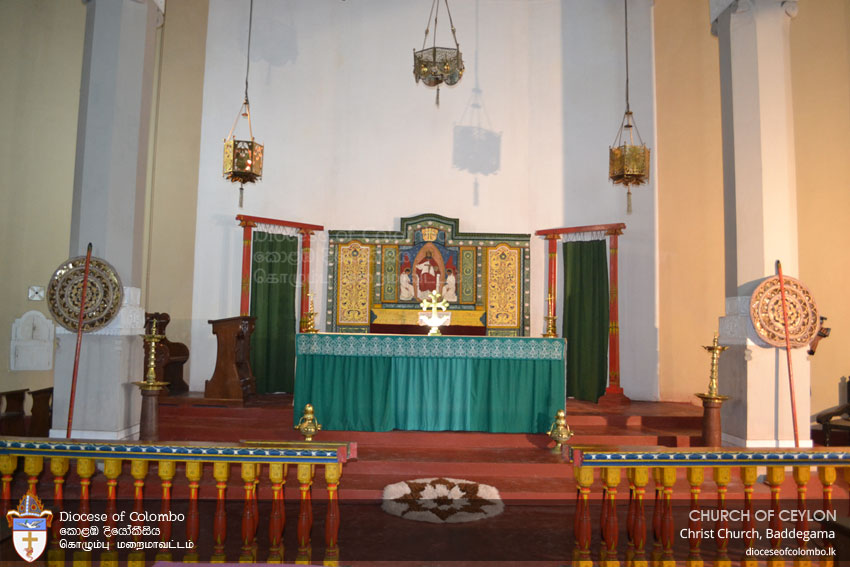
- Date of Consecration
- 1825 - 09 - 25
- Archdeaconry
- Galle Archdeaconry
- Vicar
- Rev. Anil Wickremasinghe
The Rev. Robert Mayor, founded the Christian Mission at Baddegama in 1818. The missionary was one of the original band of priests who came under the auspices of the C.M.S. to Ceylon in order to spread the Gospel of Jesus Christ among its peoples. The Rev. and Mrs. Robert mayor arrived in Galle on 29 June, 1818 and prepared soon afterwards to start missionary work in the villagers of the district. Among the many places he visited along the banks of the Ginganga it was Baddegama that pleased him most, not a little, perhaps, because of the warm welcome and encouragement that he received from the Chief Headman of the area.
And so the mayors began their residence in the village on 14 August, 1818, with great faith and high hopes for the future. From their small cottage in which they first dwelt they moved into a substantial mission house built later on what came to be called “Church Hill” which “presents a delightful prospect of a winding river, a fruitful valley, well watered fields and distant mountains.”
Soon after the Mayors took residence, a large school room, which was also used as a place of worship, was built; and then in view of a more permanent Church, on 14 February, 1821, in the presence of the Rev. Robert Mayor, the Rev. Benjamin ward, another of the original missionaries who had come from Kalpitiya to assist the work at Baddegama, the Rev. J.M.S. Glennie, Colonial Chaplain, and a vast concourse of people. Atapattu Mudliyar Don Abraham Dias Abeysinghe of Galle laid the foundation stone of a new Church from the erection of which donations were made by the Governor, Sir Robert Brownrigg, and many members of the public.
The erection of the Church involved the blasting of rock for its foundation with 700 lbs of gunpowder. The Church when built was “a substantial stone building eighty-four feet by forty-three, with a square tower. The roof is supported by twelve round-iron wood pillars, thirty-feet high, each cut out of a single tree. Most of the wood used was either iron wood or teak. A deep verandah surrounds the Church.
On 11 march, 1824, the Church was opened for worship by the Archdeacon of Colombo, in the presence of a congregation which included the Chief Justice, Sir Richard Ottley(who presented the communion plate) and other British residents in the island.
From this time on gradually and with much prayer and hard work missionary activity grew in and through the village of Baddegama. The clergy and other helpers went about the villages preaching the Gospel, establishing schools, doing social service, breaking down the barriers of caste and healing the sick in the name of the savior who’s Gospel they had dedicated to proclaim. These missionaries superintended the Government schools in the area in addition to managing their own free vernacular schools. On 25 September, 1825, the Rev. Reginald Heber, Bishop of Calcutta, consecrated the church on his first visit to Ceylon and described it as a “pretty Church” set in a “ landscape of singular and interesting beauty.” At the morning service at which “almost all the European residents from Galle and a great number of natives” were present, the Bishop preached from Genesis 28: 16-17 and in the afternoon confirmed 13 persons.
After 10 years of service, the Rev. Robert Mayor left with his family in 1828 and a stone tablet was placed in the Church commemorating the work of the founder.
The first Bishop of Colombo, the Rt. Rev. James Chapman, visited Baddegama in 1847 when Rev. Charles Greenwood was the senior missionary.
In 1928, the Rev. Lakdasa De Mel came to be appointed superintendent missionary. In his time, with the assistance of a devoted staff, he was able to launch the Baddegama Movement with its intense desire to offer to Christ all that is best in art, architecture, music and language of the country.
The village congregation and teachers responded loyally to the new outlook and the need of restoring the ancient Church gave them their opportunity. Reinforced concrete pillars of Kandyan design replaced the old wooden pillars. The communion rails and raredos were decorated in the ancient “Sittara” style. The worshippers using the Ceylon Liturgy was given a truly Sinhalese spirit whilst the setting of it to Sinhalese music was magnificently done by Deva Surya Sena. The interior of the Church was restored entirely by the local congregation. Later through the bounty of Sir Henry De Mel the ambulatory of the Church was altered and the “Mel Mahala” which housed the Girl’s school, built.
Contact Details
- Postal Address
- Mission House, Christ Church, Baddegama, Sri Lanka
- Telephone
- 091-2293057

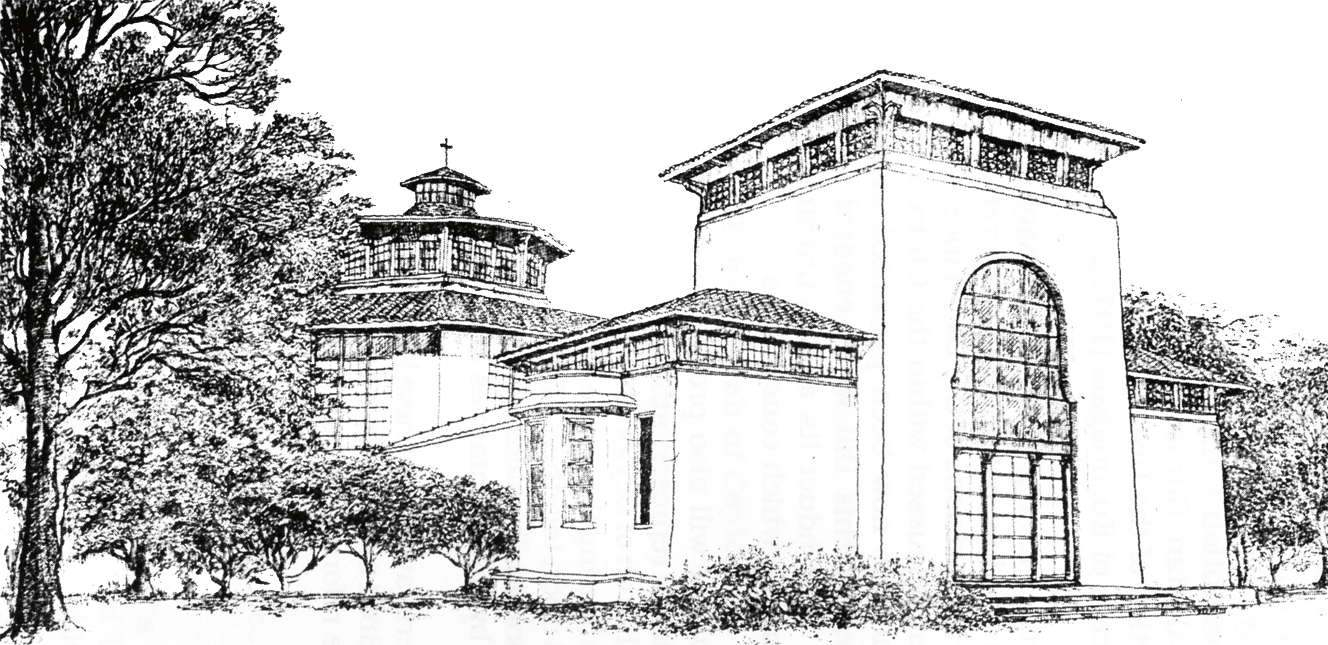
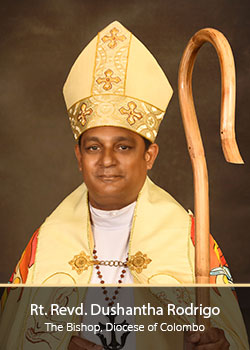

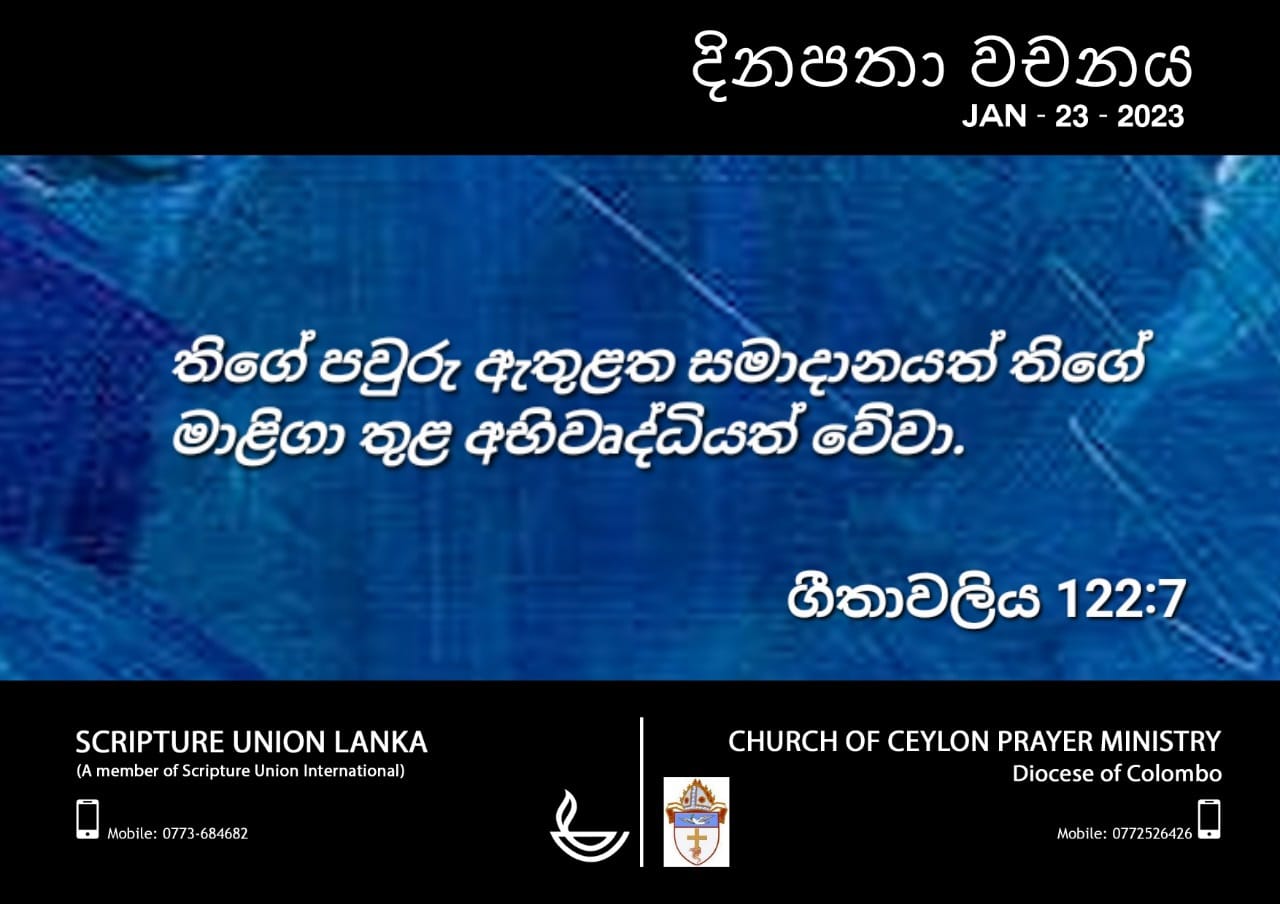
.jpeg)
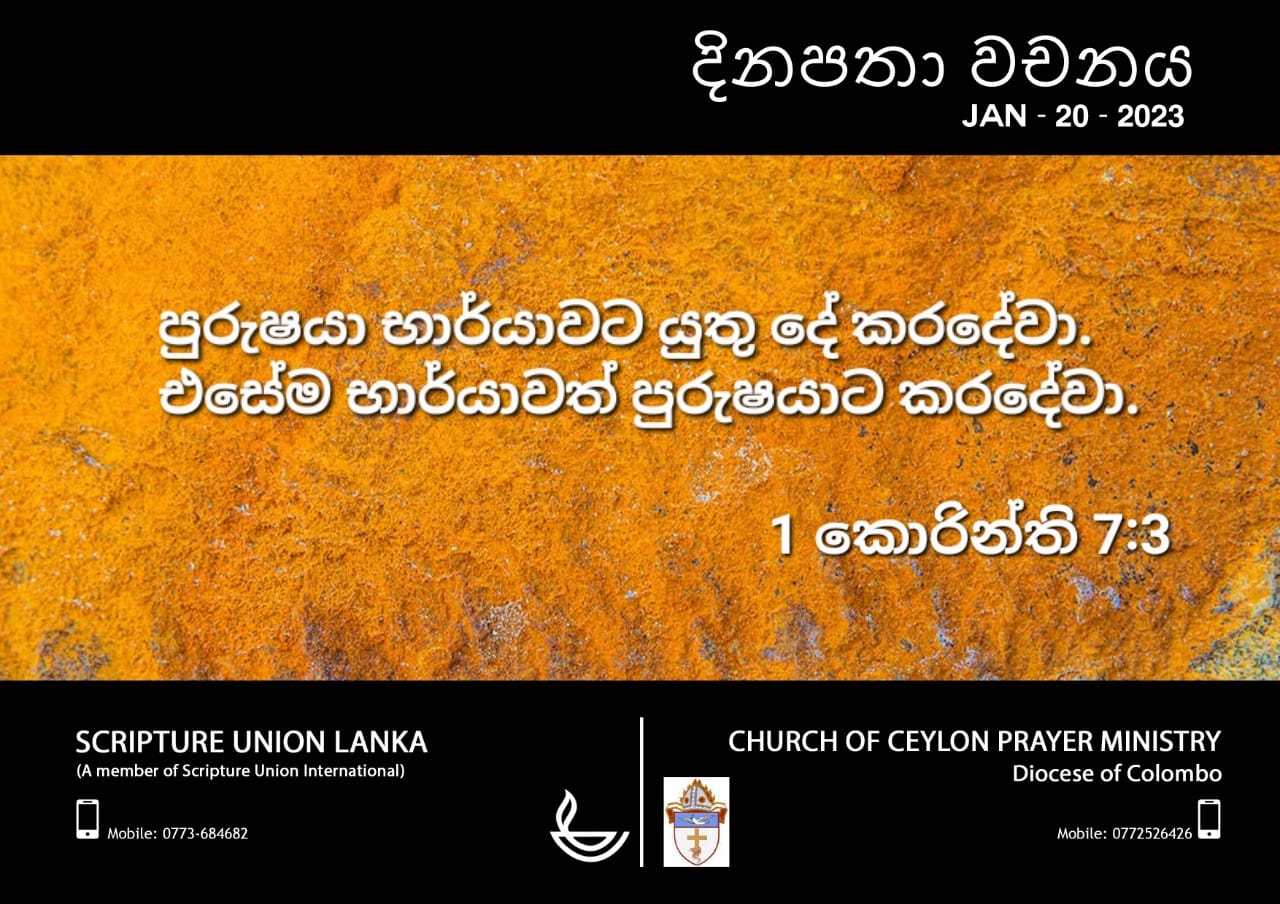
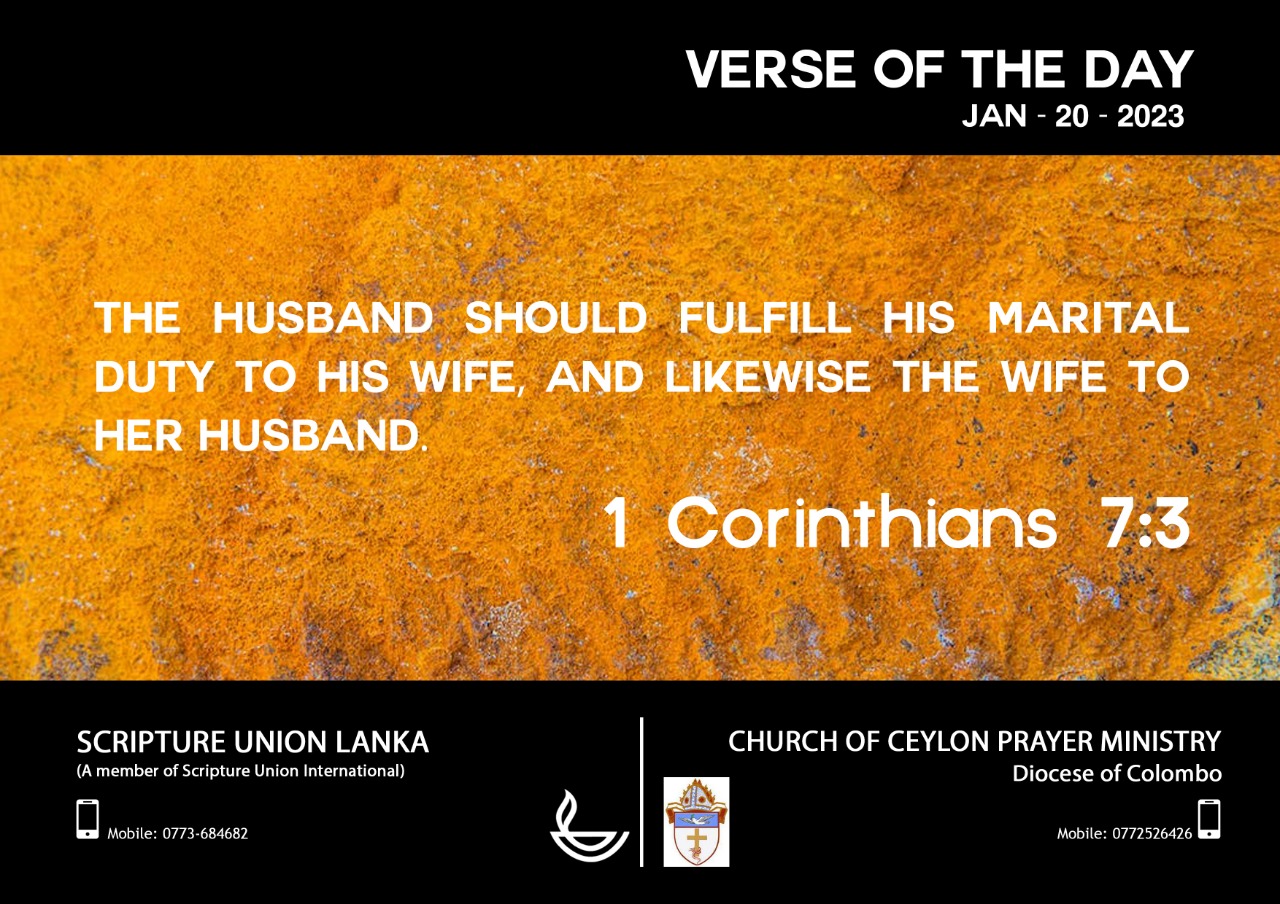
.jpeg)
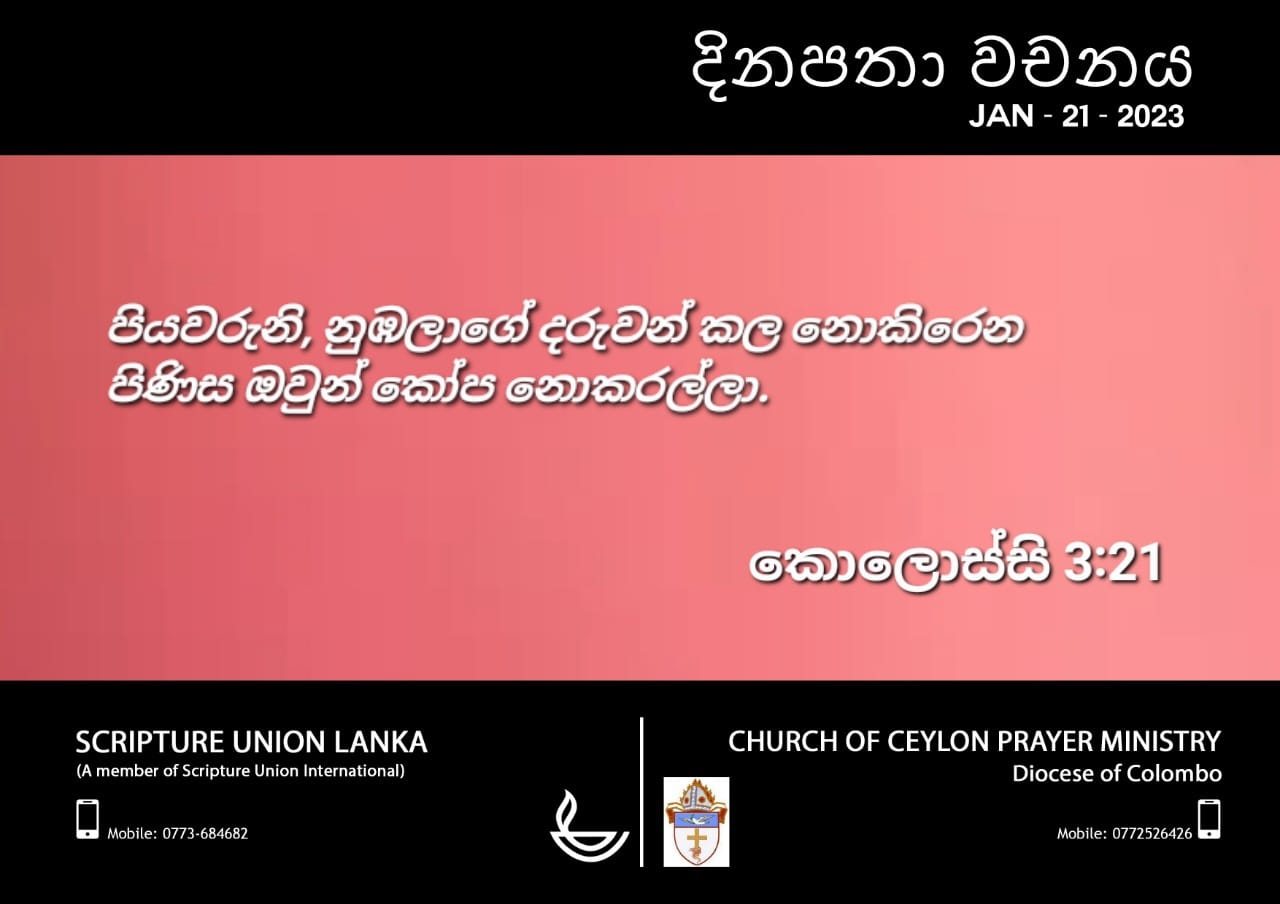
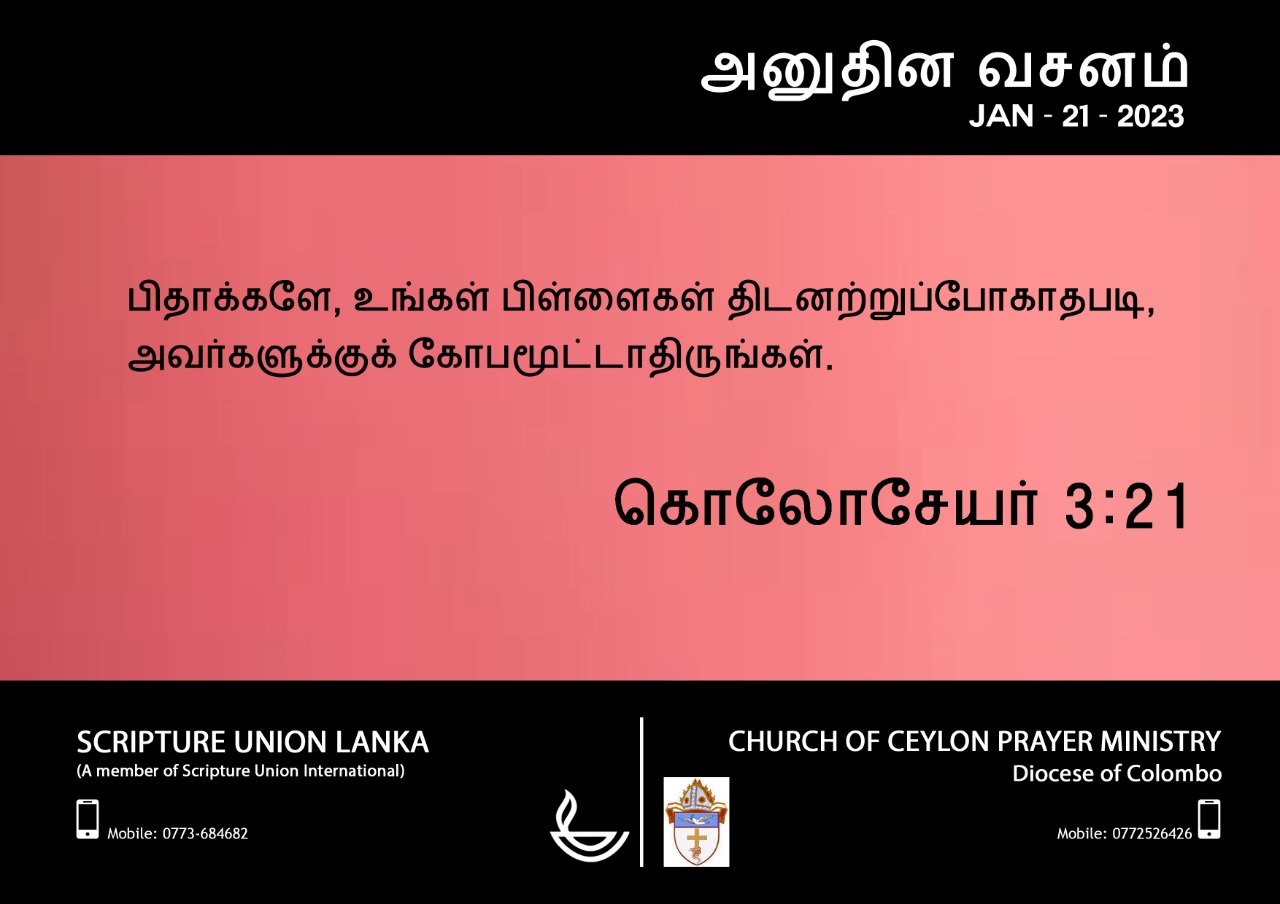
.jpeg)
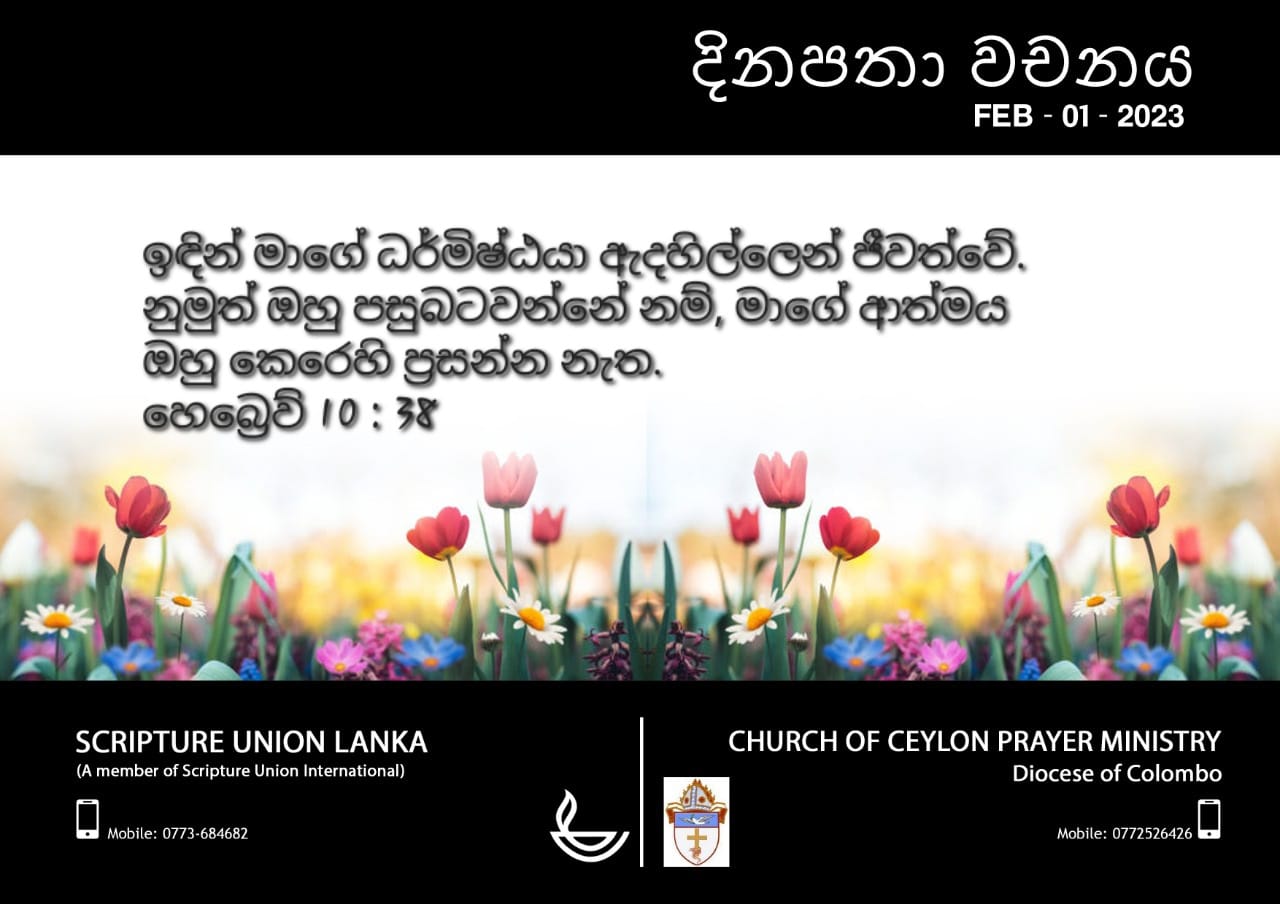
.jpeg)
